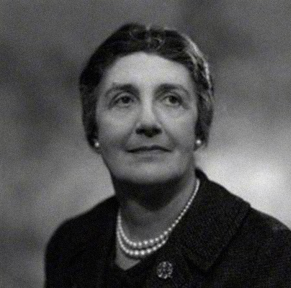Women Who Inspire Us: Janet Vaughan

Every year, more than 112 million blood donations are collected around the world, resulting in many millions of life-saving transfusions. This system is one we take for granted today, and we have a woman to thank for it.
A leader in hematology research, Dr. Janet Vaughan (1899-1993) was instrumental in setting up mass blood donation and transfusion. We're inspired by her devotion to saving lives, and by her persistent will to overcome the barriers she faced as a female doctor and scientist.
Dr. Vaughan's focus on blood began when she worked with patients in London's slums in the 1920s, where anemia and blood-borne diseases were endemic. Later, as a researcher at Harvard University, she was denied access to both patients and mice for her studies. Instead, she worked with pigeons, doing groundbreaking research on vitamin B12 in the blood.
During World War II, she quickly realized the lifesaving potential of quick access to large quantities of blood. Up until then, blood had been collected on an ad hoc basis and used immediately. Dr. Vaughan worked to develop safe and sterile ways to store and transport blood, which included modified milk bottles and ice cream vans in the early years. She also developed a system for encouraging ongoing blood donation to ensure an ever-ready blood supply.
At the end of the war, Dr. Vaughan went to Bergen-Belsen concentration camp to research how best to feed starving people, and later became an expert on the effects of radiation on the blood.
In 1984, Dr. Vaughan told a reporter she wished to be remembered "as a scientist. That I have been able to solve, to throw light onto fascinating problems. But as a scientist who had a family. I don't want to be thought of as a scientist who just sat thinking. It's important you have a human life."